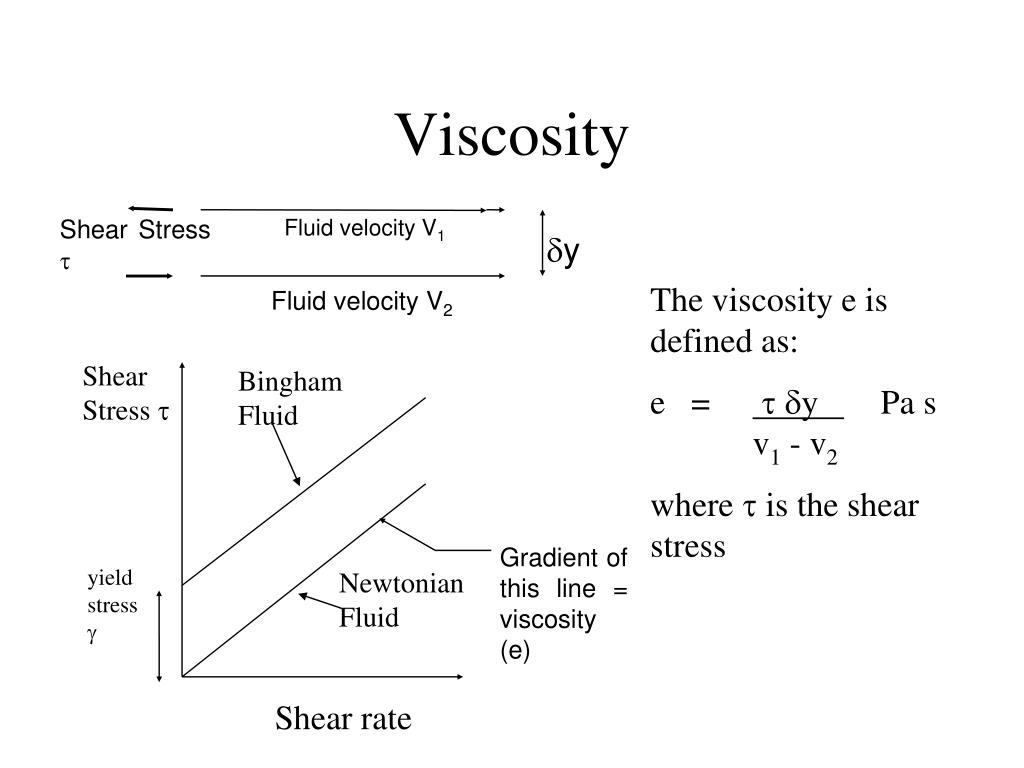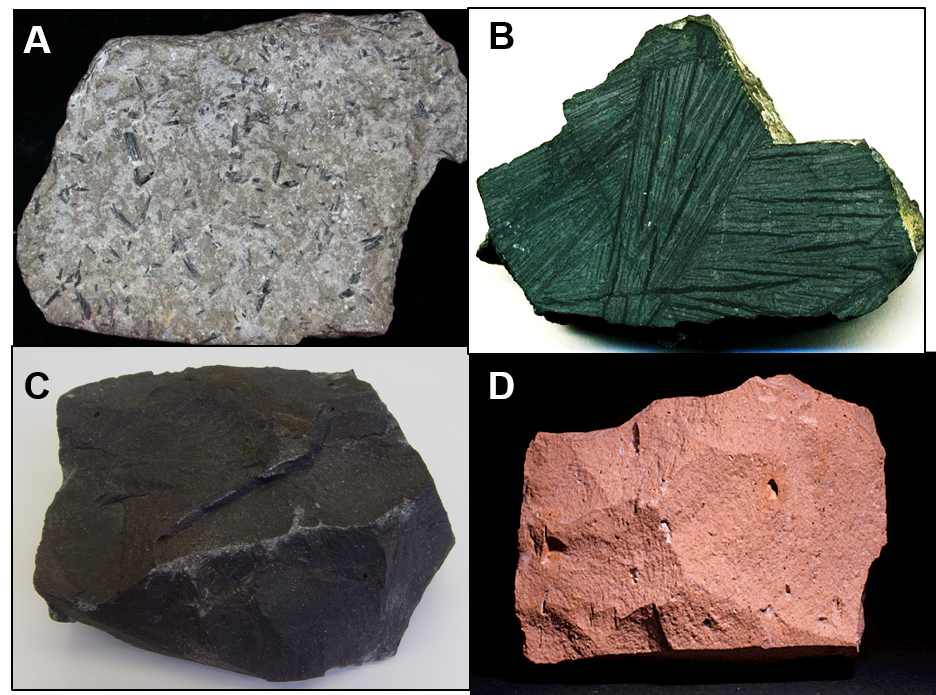
Schematic illustration (background, two-dimensional representation of a three-dimensional crystal framework) of the transition from liquid with suspended crystals to a rigid crystal framework with interstitial liquid, with a plot (foreground) of the increase in viscosity that accompanies a greater percentage of crystalline material. For a low percentage of solid particles, less than 20% by volume, for example, the particles are sufficiently dispersed that they scarcely interact during flow.įig. Should I Stay or Should I Flow?Ī critical control on mobility in a crystal-liquid mixture is the volume ratio of crystals to liquid the apparent viscosity of a mixture (the ratio of how much shear stress is applied to the rate at which the material deforms) depends upon the proportion of particles suspended in it. He wrote that lava “is not a homogeneous molecular liquid, such as any melted or completely fused substance, but … a ‘ magma’ or compound of crystalline or granular particles to which a certain mobility is given by an interstitial fluid.” Scrope clearly viewed the ability to flow or intrude as a defining quality. George Scrope was among the first to use the term in a geological context.

The term “magma” was used in pharmacy as early as the 17th century for suspensions such as magnesia magma (now called milk of magnesia). To do so ignores and obscures fundamental differences, and broad usage of “magma” is clearly causing such conceptual problems.Ĭurrent use of “magma” is akin to using the same word to refer to a river and to an aquifer. Indeed, use of the word “magma” to refer both to material that can flow across the Earth’s surface and to a largely solid volume that contains a small fraction of melt is akin to using the same word to refer to a river and to an aquifer. Whether rock that contains a small percentage of partial melt should be called magma is debatable. It is unlikely that the features that Huang’s group imaged could produce an eruption unless the molten material were collected into a much smaller volume with a much higher melt fraction. That is still a lot of melt-enough to fill 20% of the Grand Canyon-but it is dispersed through a large volume of rock, not gathered for an eruption. The study also noted that this large volume in their image contains only a small percentage of molten material.

However, the authors of the scientific study were careful to note that nothing has changed-the amount of molten material under Yellowstone is the same, and the risk has not changed-but they had produced an improved image of the partially molten rock. This may have created a public perception of a vast pool of liquid perched under Yellowstone, waiting to explode. For example, a recent seismic study of areas around Yellowstone National Park published in Science reported a “lower-crustal magma body has a volume of 46,000 cubic kilometers.” That is a lot of magma! “Magma” is commonly used to mean any rock that is at least a little bit molten. The point of contention is whether partially molten rock that resides below the surface and is too crystalline to flow should also be called magma.īecause this distinction is critical when geologists communicate about magma, especially to the press and public, we contend that highly crystalline immobile material should not be called “magma.” Rather, magma should mean material that is capable of moving within the Earth and onto its surface. To the public, magma is the stuff of lava-hot, glowing red liquid that flows out of volcanoes-and such lava is unquestionably magma that has reached the surface. It is time to agree on a clearer geologic definition of “magma.” This inconsistency has led to miscommunication between petrologists, geophysicists, the press, and the public, making the “confused or disordered” definition of the word unintentionally appropriate. Thus, the definition of “magma” should be simple and universally agreed upon, but the term means fundamentally different things to different people.

Issues as diverse as volcanic hazard assessment and planetary evolution studies rely on knowledge of magma’s properties, origin, evolution, and significance. Magma is a fundamental constituent of the Earth.

Oxford English Dictionary Online (20 September 2016) “Magma,” definition 5: A confused or disordered body or mass of something.


 0 kommentar(er)
0 kommentar(er)
